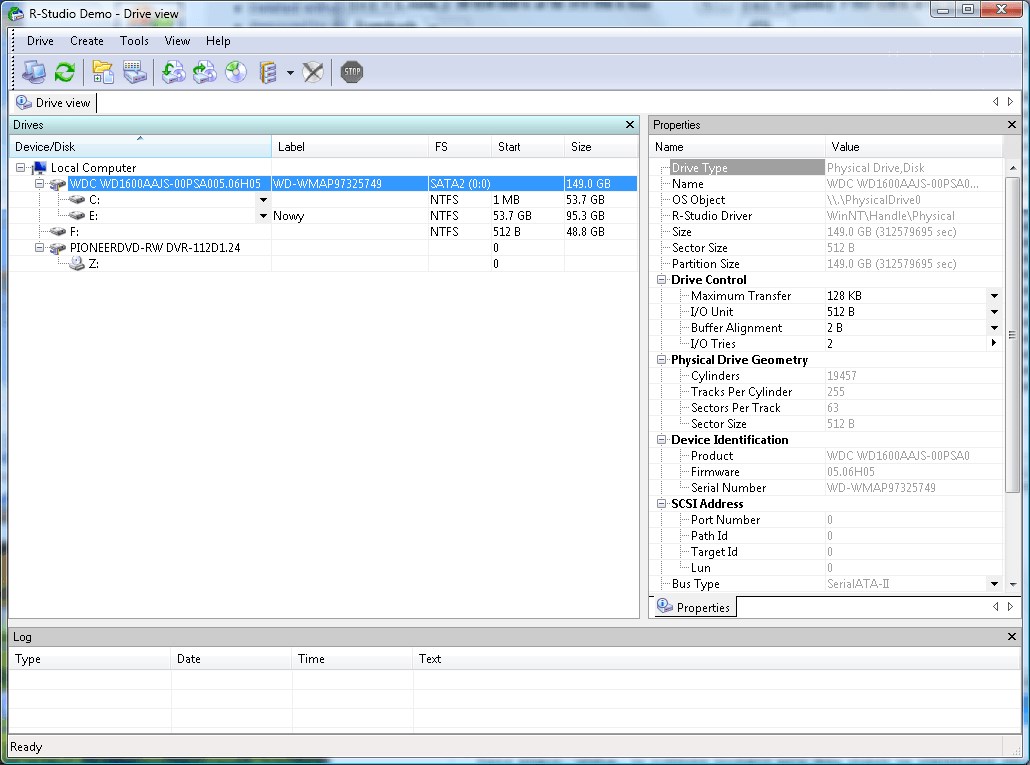
RStudio Server lets you share your R-based analysis server with several other scientists. You can change your instance type in minutes: just stop your instance, change the instance type, and start the instance again. An advantage of using AWS is that you aren’t locked into the instance type that you originally choose. The following table, while a non-exhaustive list, is a good representation of how you might choose your instance types.ĪWS provides more details about instance types. To connect R to GPU hardware, you can choose the G2/3 or P2 instance families, to leverage packages like gputools. They provide a good mix of CPU power and memory. If you use R packages such as foreach, parallel, or snow to parallelize, we recommend using the bigger M4 instance types. The M4 instance family is often a good choice for R workloads. If you don’t know what instance type to choose, start with t2.medium. By default, R runs only on one core node and, in many cases, requires a lot of memory.įor programming and development, the general-purpose T2 instance types are sufficient and cheap, and t2.micro is available through the AWS Free Tier. Choosing an Instance Type for RĬhoose an EC2 instance type that matches the data size and processing that your analysis requires. This AMI is maintained by AWS and includes packages and configurations that provide native integration with AWS and other software. You can choose the Amazon Linux AMI, which is provided at no additional cost and has a stable version of R in the repository.
#R VS R STUDIO SOFTWARE#
For example, an AMI defines which operating system is installed on your EC2 instance and which software is included. When launching an EC2 instance, you must choose an Amazon Machine Image (AMI), which contains all information required to start an instance. We conclude by wrapping up these concepts in an AWS CloudFormation template to simplify deployment. If you want to skip ahead to the CloudFormation template, click here.
#R VS R STUDIO HOW TO#

Shiny provides a web application framework for R. Shiny is a great R package, licensed either commercially or under AGPLv3, that you can use to create interactive dashboards.

RStudio is available in a desktop version, or a server version that allows you to access R via a web browser.Īfter you’ve analyzed your results, you may want to visualize them.

#R VS R STUDIO CODE#
This is ideal if you don’t want to connect to a server via SSH and use code editors such as vim to do analytics. RStudio is a popular IDE, licensed either commercially or under AGPLv3, for working with R.
#R VS R STUDIO INSTALL#
In this post, we show you how to install and run R, RStudio Server, and Shiny Server on Amazon EC2. Several months ago, I (Markus) wrote a post showing you how to connect R with Amazon EMR, install RStudio on the Hadoop master node, and use R packages such as rmr2 or plyrmr to analyze a huge public weather dataset. Other customers have asked for instructions and best practices for running R on AWS. Many AWS customers already use the popular open-source statistic software R for big data analytics and data science.


 0 kommentar(er)
0 kommentar(er)
